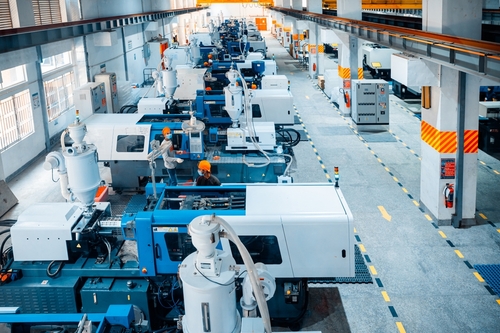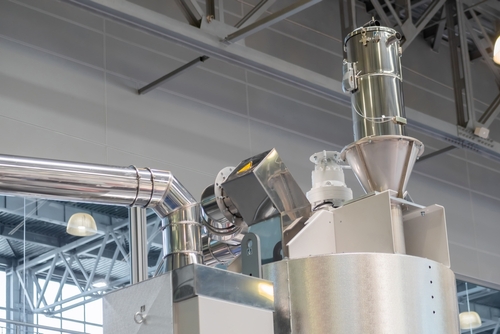If you need high-quality ceramic parts for your project, relying on a renowned technical ceramics company is a good way to secure a reliable supply. The process of injection molding is highly versatile and can yield a large number of intricate parts with consistency. However, it’s also cost-effective, which makes it a preferred choice across industries. Read on to find out more about what makes this method economical.
Is injection molding cost effective?
Yes, it is, especially when it comes to high-volume production. While there’s the initial cost of designing and creating a mold, it allows for long-term savings because of reduced material usage, minimal post-processing, and automation:
Material efficiency

High-volume production
Injection molding is suitable for large-scale manufacturing. Once the mold is designed and the process is set up, it can produce thousands, and even millions, of identical parts with minimal variation. In industries such as electronics, automotive, and medical, which require large quantities of precise parts, the ability of injection molding to produce parts quickly and consistently leads to lower per-unit costs.
Reduced labor and production time
Because the process is highly automated, human intervention is reduced to a minimum after the mold and injection equipment are properly set up. This automation minimizes the need for skilled labor, as the machines handle most of the work, from injecting feedstock into the mold to cooling and ejecting the finished part.
In addition, CIM drastically reduces time compared to other manufacturing methods. Traditional processes can be time-consuming and require multiple steps, as well as significant drying and finishing time. With injection molding, this process is streamlined as it forms and hardens parts in a matter of minutes. With this accelerated production, large orders can benefit from faster turnaround times and excellent productivity with reduced operational costs.
Intricate designs at no additional cost
With other methods, producing intricate shapes often requires specialized tools or additional machining, which can significantly increase production costs. However, injection molding forms complex parts directly in the mold and eliminates the need for or any additional steps.
This makes the process particularly cost-effective for industries that require small and complex parts such as medical devices, sensors, or aerospace components.
Minimal post-processing
Many traditional processes require extensive post-production work such as grinding, polishing, or finishing to achieve the desired shape, tolerance, or surface finish. This additional work adds time, labor, and cost to the process.
In contrast, injection molding yields parts that are nearly finished as soon as they’re ejected from the mold. Because the mold sets the final shape and surface finish of the part, there’s little need for post-processing beyond simple deburring or cleaning, which reduces labor cost and eliminates the need for additional post-processing equipment.
 Looking for a trusted technical ceramics company?
Looking for a trusted technical ceramics company?
If you want to learn more about how precise injection molding is, what key characteristics of alumina ceramics are, or whether alumina ceramic injection molding is sustainable, Wunder Mold is here to address all your questions and concerns. With years of experience in manufacturing ceramic and plastic injection molded parts for applications across industries, we’re your trusted team for projects of any scale and complexity. Dial our number or reach out to us by email at sales@wundermold.com and we’ll help you create exactly what you need.
 Looking for a trusted
Looking for a trusted